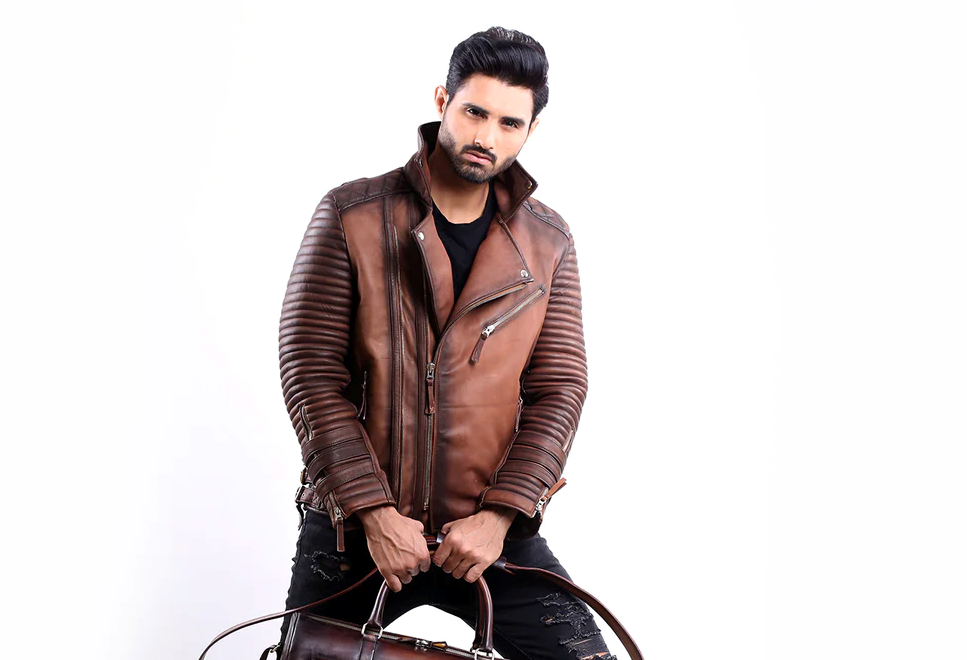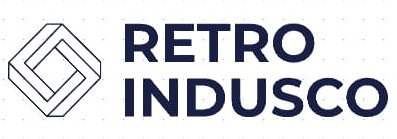
LEATHER COLLECTION
Types of Leather
Full-Grain Leather
Full-grain leather is the highest quality and most durable type of leather. It is made from the top layer of the hide and retains the natural grain, imperfections, and character markings. It is thick and strong, making it ideal for high-end products like luxury bags, wallets, and footwear.
Top Grain Leather
Top grain leather is also made from the top layer of the hide, but it is sanded and treated to remove imperfections and create a more uniform surface. It is slightly less durable than full-grain leather, but is still of high quality. Top grain leather is commonly used in furniture, belts, and accessories.
Cow Leather
Cow leather is known for its durability and strength. It is a tough and robust material that can withstand wear and tear, making it suitable for a wide range of applications. Overall, cow leather is a versatile and reliable material with a long history of use in various industries. Its durability, availability, and cost-effectiveness make it a practical choice for a wide range of leather products.
Sheep Leather
It is a type of leather produced from the hides of sheep. It is highly regarded for its softness, lightweight feel, and natural drape. Sheepskin leather is commonly used in the fashion and apparel industry due to its luxurious and comfortable qualities. Sheepskin leather can be dyed in a wide range of colors and finishes, offering many options for customization and design. Sheepskin leather’s exceptional softness and comfort make it a preferred choice for high-end fashion items and accessories. Its unique qualities and luxurious feel set it apart from other types of leather, making it especially popular for products designed for comfort and style.
Bicast Leather
Bicast leather, also known as bycast leather, is a type of leather that is made from split leather, which is the lower, fibrous part of the hide, typically from cattle. However, bicast leather is different from traditional top grain or full-grain leather in terms of its composition and processing. Bicast leather is created using a specific method that involves applying a layer of polyurethane or a similar material to the surface of the split leather. Bicast leather is generally more resistant to stains and damage compared to some other types of leather, thanks to the protective polyurethane coating. It is less likely to absorb liquids, making it easier to clean.
Types of Stitching
SINGLE STITCH
To perform single stitching, we need a strong and durable thread, such as waxed polyester or nylon thread, and a special stitching needle with a blunt point. The choice of thread color can be matched to the leather or used for decorative purposes.
Strength and Durability
The strength and durability of single stitching depend on the quality of materials and the craftsmanship.Properly executed single stitching can result in a strong and long-lasting seam. However, for extremely demanding applications, such as heavy-duty leatherwork, saddle stitching (a more complex, double-stitch technique) is often preferred for its added strength.
DOUBLE STITCH
Similar to single stitching, you’ll need strong and durable thread, typically waxed polyester or nylon thread, and a suitable stitching needle.
Strength and Durability
Double stitching provides added strength and durability compared to single stitching. The two parallel lines of stitching distribute stress more evenly, making the seam less prone to failure. It is particularly suitable for items where the seam will be subjected to tension or stress.
CROSS STITCH
Leather cross-stitching, also known as cross-stitch leatherwork, is a decorative stitching technique used in leathercraft and leatherworking. It involves creating a pattern of crossed stitches on leather surfaces to enhance the aesthetic appeal of leather products.
Strength and Durability
Leather cross-stitching is primarily used for decorative purposes, adding a personalized and unique touch to leather items. It allows for creativity and customization by choosing different thread colors and patterns to achieve the desired look. This technique is often used to embellish leather accessories, leather garments, and even leather goods such as bags, wallets, and belts.
Our Contact Details
REach out to us
- +92 327 0088860
- info@retroindusco. com

